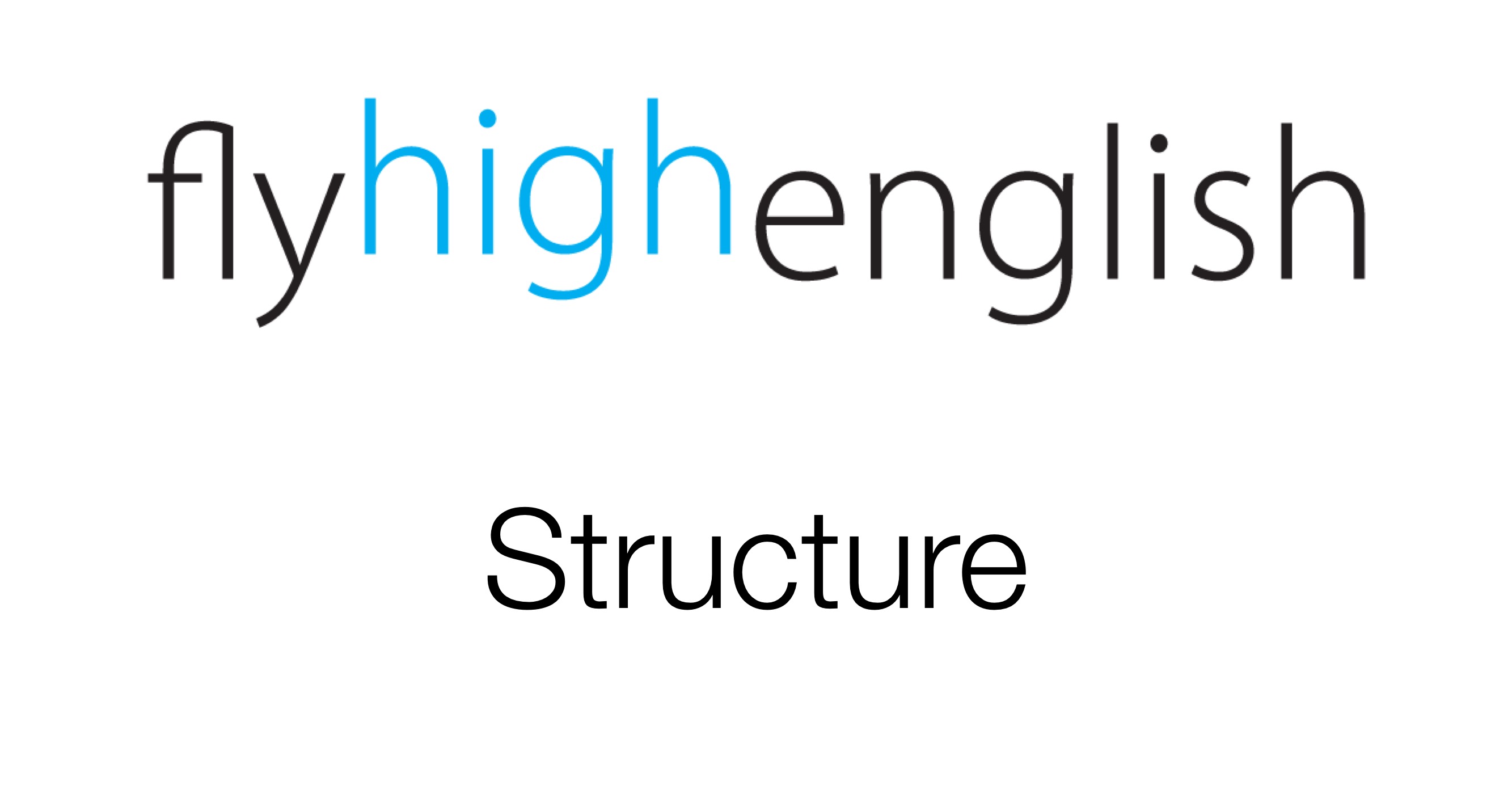
This time in our structure help we continue to talk about conditional sentences. This time we’re talking about the third conditional. Similar to the zero, first and second conditionals, it has two parts, an ‘if’ part and the ‘other part’. You can change the order of these two parts without changing the meaning of the sentence. In the third conditional, the ‘if part’ relates to the ‘unreal past’, a past situation that didn’t occur. If you want to talk about a ‘real situation’, which is common, use the past simple. For unreal situations, and their imagined results, we use the third conditional. Check out the diagram below for more information and examples, then try to write some sentences of your own.

Follow us on twitter here, Facebook here or Google+ here for more great content!
Have a great day!



